Are you an adventurous soul eager to explore the breathtaking landscapes of India on a solo trekking expedition? Embarking on a solo trekking adventure in India can be an exhilarating and life-changing experience, but it also comes with its own set of challenges and considerations. To ensure a safe, enjoyable, and memorable journey, here are some top tips for solo travelers on Indian trekking expeditions.
- Plan Thoroughly
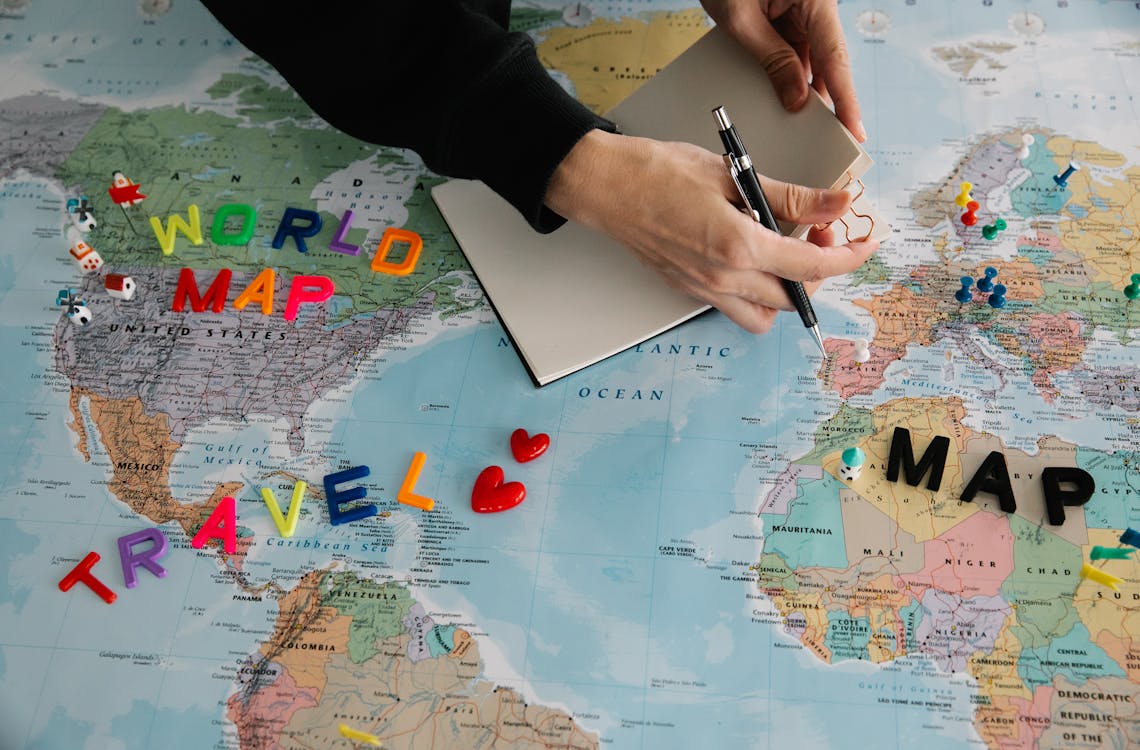
Before setting out on your solo trekking, do thorough research and planning. Learn about the trekking route, its difficulty level, weather conditions, and any permits or permissions required. Make sure you have a detailed map, know the distance, and have information on nearby villages or settlements in case of emergencies.
2. Choose the Right Trek
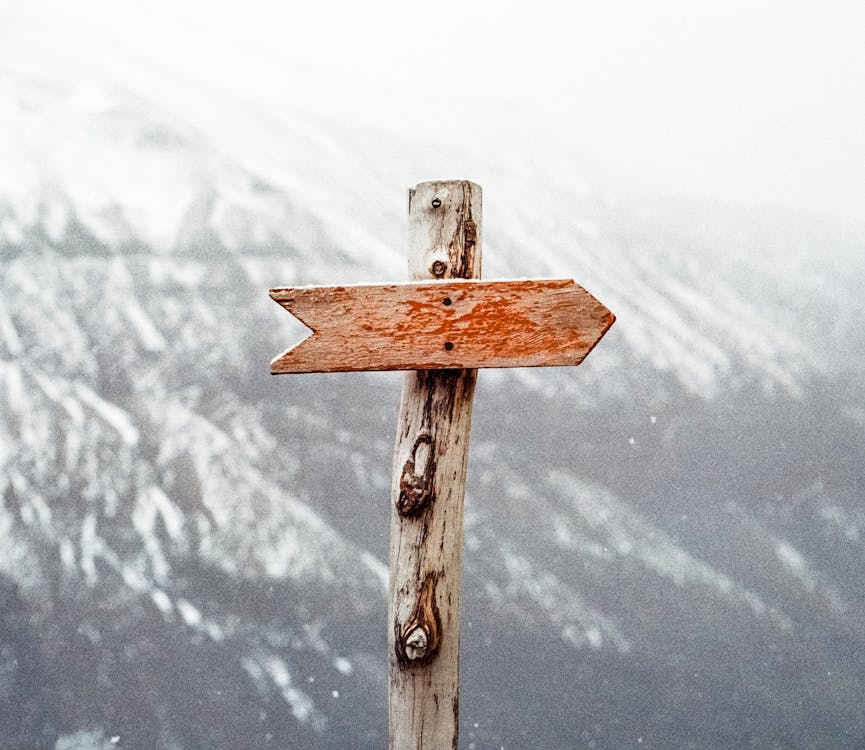
India offers a wide range of trekking options, from the Himalayan regions in the north to the Western Ghats in the south. Choose a trek that matches your fitness level and experience. For beginners, starting with easier treks like Triund in Himachal Pradesh or Kheerganga in Himachal Pradesh can be a great choice.
3. Pack Wisely
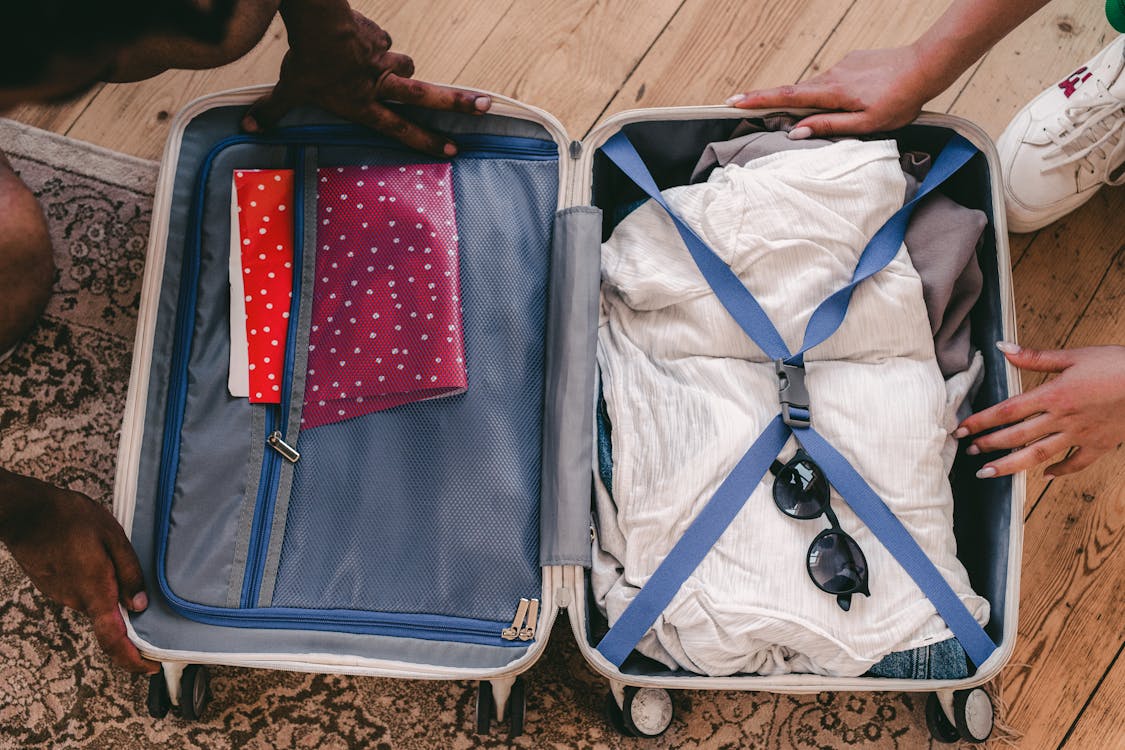
Packing efficiently is crucial for a solo trek. Carry essential items like a first-aid kit, extra clothing, a good quality sleeping bag, sturdy hiking boots, a water purifier, and high-energy snacks. Ensure your backpack is comfortable and properly fitted to distribute weight evenly.
4. Safety First
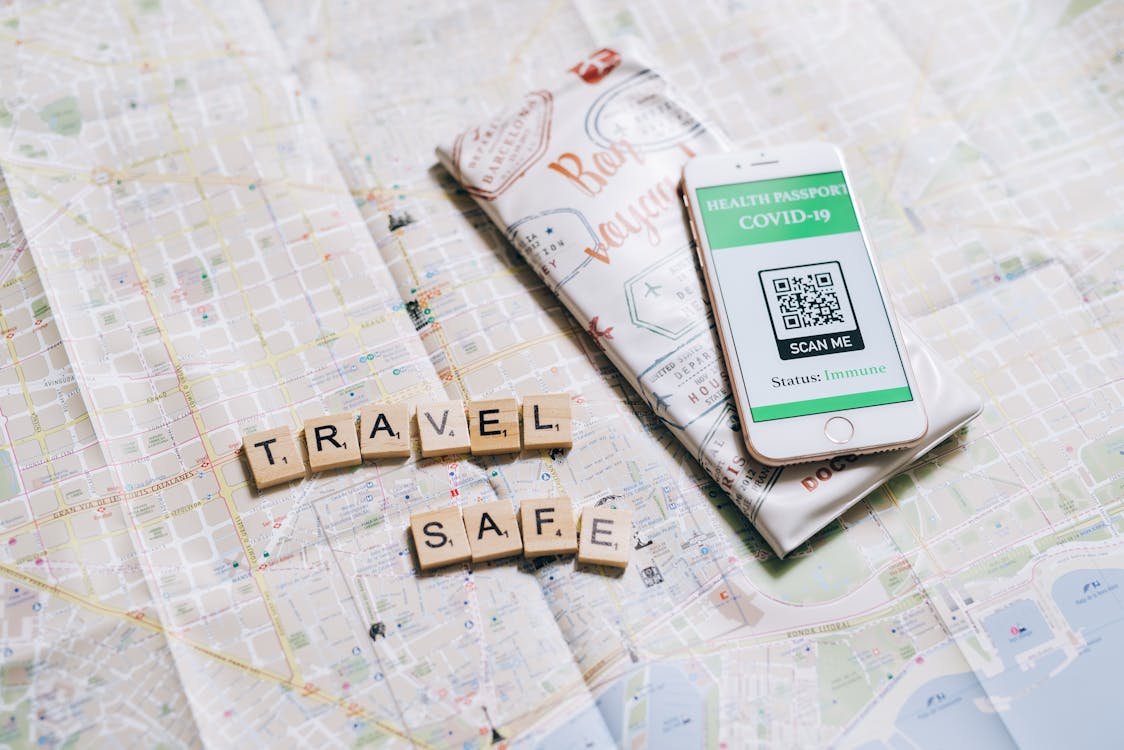
Safety should be your top priority. Always inform someone you trust about your itinerary and expected return date. Register with local authorities, if required. Invest in quality trekking gear, including a good rain jacket and a headlamp with spare batteries. Be aware of altitude sickness symptoms and know how to deal with them.
- Navigation Skills
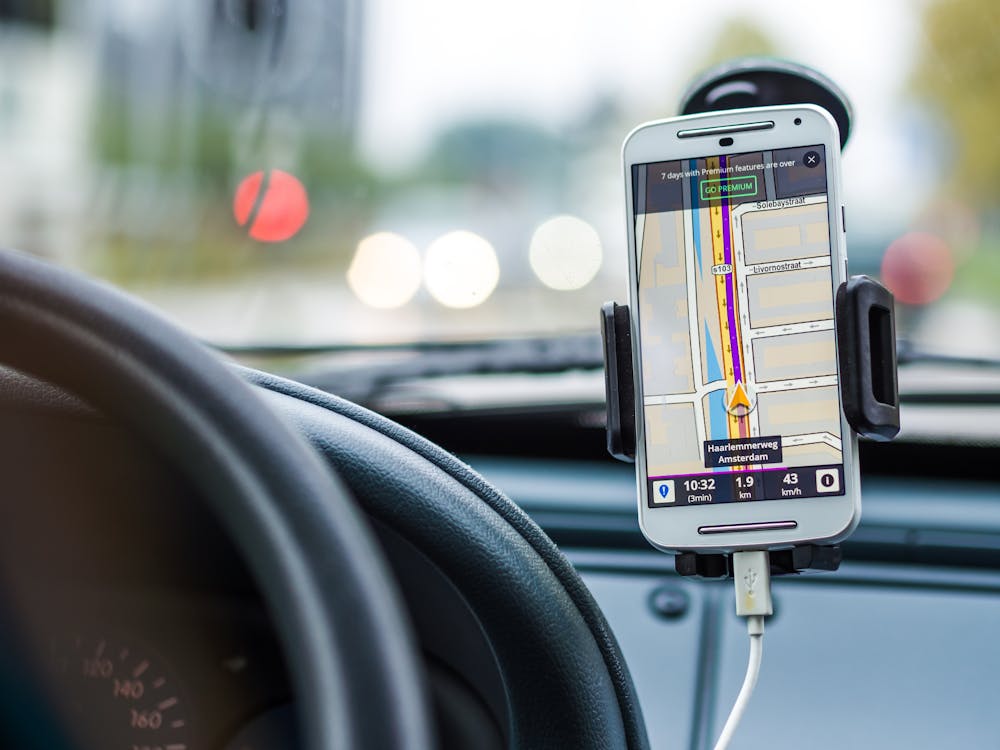
Even if you’re following a marked trail, it’s essential to have basic navigation skills. Carry a compass and learn how to use it. GPS devices and offline maps on your phone can also be helpful. Keep track of landmarks and trail markers to avoid getting lost.
- Travel Insurance

Only embark on a trek with comprehensive travel insurance that covers trekking-related accidents and emergencies. Check if your insurance includes helicopter evacuation if needed, especially for high-altitude hikes.
- Respect Local Culture
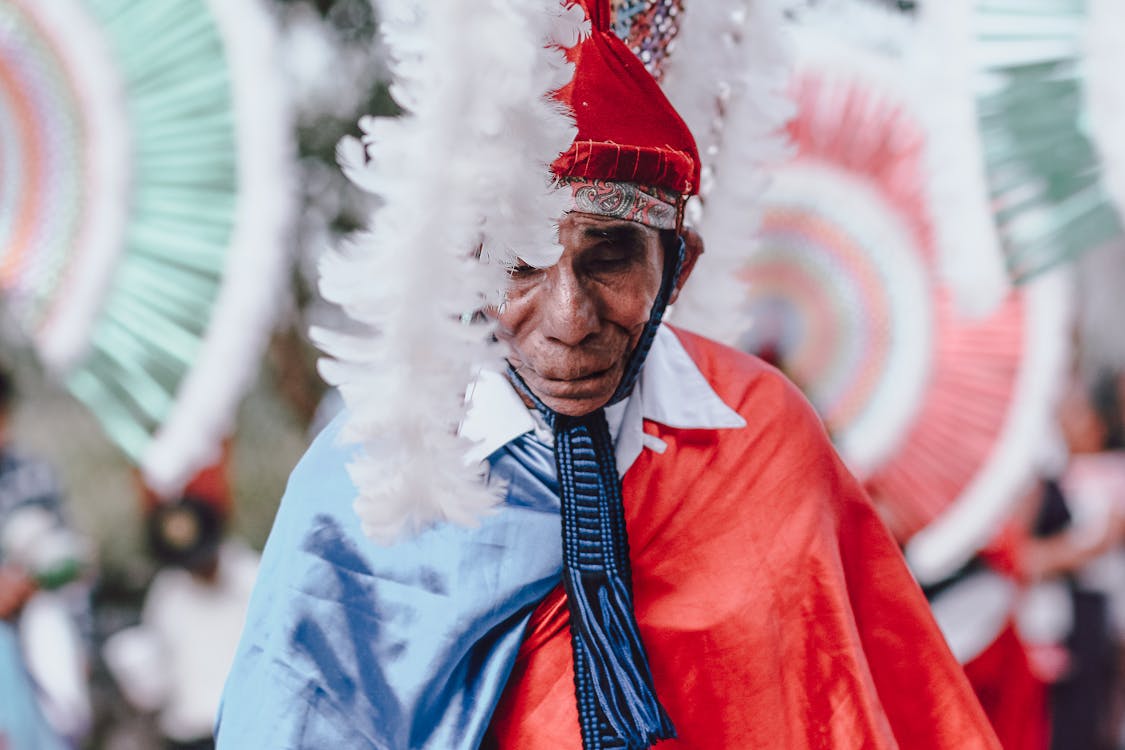
India is known for its rich cultural diversity. While trekking in remote areas, you may come across indigenous communities. Always respect their customs, traditions, and local rules. Seek permission before taking photographs, and be mindful of your behavior to leave a positive impression.
- Stay Hydrated and Energized

Dehydration can be a significant issue, especially in high-altitude regions. Drink plenty of water and carry a water purifier to stay hydrated. Pack energy-rich snacks like nuts, dried fruits, and energy bars to maintain your energy levels during the trek.
- Embrace Solo Moments
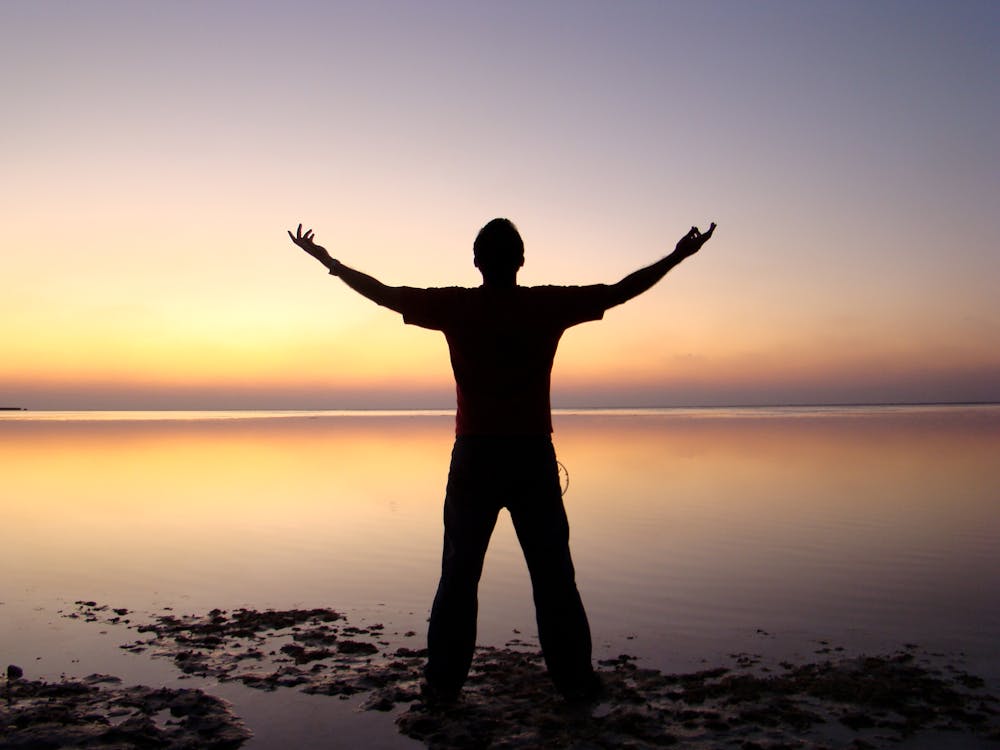
Solo trekking offers a unique opportunity for self-discovery and reflection. Embrace the moments of solitude and connect with nature. Use this time to disconnect from the digital world and immerse yourself in the natural beauty around you.
- Connect with Fellow Trekkers
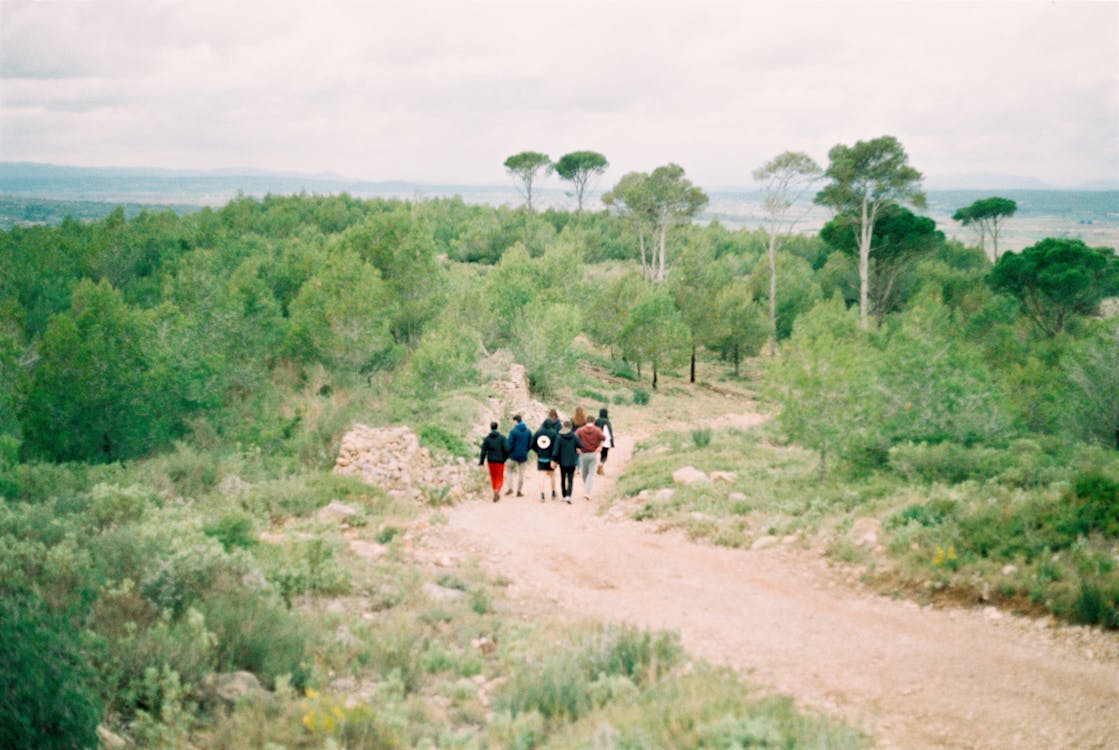
While on a solo journey, you’re not alone in your quest for adventure. Trekking in India often provides opportunities to meet fellow adventurers from around the world. Engage in conversations, share stories, and maybe even form trekking companionships for a part of your journey.
- Trust Your Instincts

Listen to your intuition. If something feels off or unsafe, trust your instincts and take the necessary precautions. Avoid trekking during extreme weather conditions or if you’re feeling unwell.
- Leave No Trace
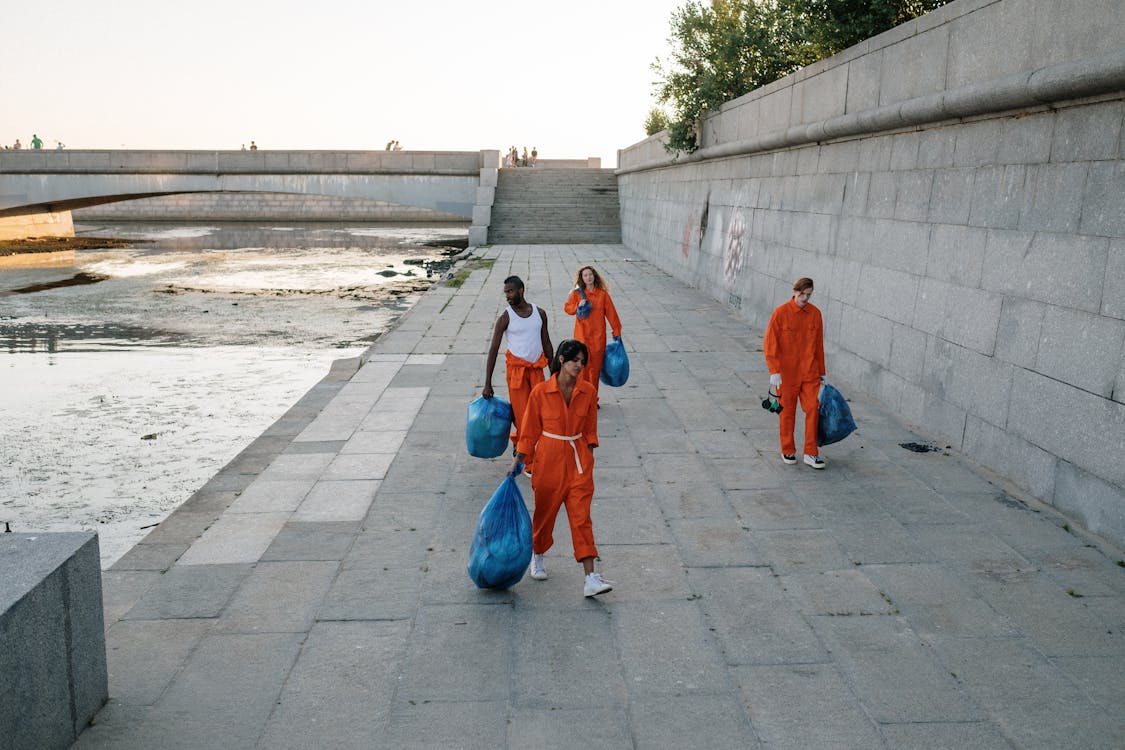
Practice responsible trekking by leaving no trace of your presence. Carry all your waste, including biodegradable items like food scraps. Respect the environment, wildlife, and fellow trekkers by maintaining cleanliness.
In conclusion, solo trekking in India can be an incredibly rewarding adventure, but it requires careful planning, preparation, and a strong commitment to safety. By following these tips, you can make the most of your solo trekking expedition, immerse yourself in India’s natural beauty, and create memories that will last a lifetime. Remember, the journey is as important as the destination, and the lessons you learn along the way will enrich your life in ways you never imagined. So, lace up your boots, pack your bag, and set out on an unforgettable solo trekking adventure in India

